Fracking unsafe
Fracking is unsafe. This is a well known fact. There are many reports and studies that prove this.
There was a meeting in Canterbury on the 19th of November 2014. This meeting was attended by many local citizens. The panel of speakers were from both sides of the fracking issue.
One panel member was Mr Michael Hill. Mr Hill is an expert adviser to the EU Commission on Shale Gas. Mr Hill said quit clearly that “Fracking in Kent is unsafe.”
Here is the article from the Canterbury Times:
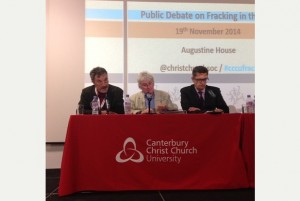
From left to right: Nick Riley, David Smythe and Michael Hill
Fracking is unsafe
The whole article here:
“Fracking in Kent is unsafe,” said Michael Hill, an Expert Adviser to the EU Commission on Shale Gas, to hundreds at a heated fracking debate last night.
Mr Hill, who was part of the Royal Society team that made 10 recommendations on fracking in 2012, was one of a 7-member panel at the debate which was organised by Canterbury Christ Church University’s Sociology department as part of their new Engaging Sociology series.
According to Mr Hill, the proximity of the drilling sites to water basins means shale fracking, which is designed to extract gas and oil from shale rock, in Kent is likely to be unsafe.
“A 30% rise in birth defects and 38% rise in cancer mortality has been documented in areas where fracking took place,” he said, pointing out that it’s usually possible to extract only around 4% of the gas in the ground.
“So the question that needs to be asked is: how many birth defects should we have to carry out the drilling? If you say none then you’ve just banned fracking.”
“We do not have the same level of regulation that exists in the US in the UK,” he added. “We have not learned from the mistakes they had in the US.”
One of the pro-fracking participants, Director of Carboniferous Limited Nick Riley, blamed the media for what he called “scaremongering”.
“You need to go on the Environment Agency’s website and look at the facts,” he said.

Ian Driver leaves the meeting for good reason.
The debate saw Ian Driver, Green Party Councillor at Thanet District Council and a prospective Parliamentary Candidate for Thanet South, walk off of the podium after accusing the Dean of the Sociology Faculty and the event’s chairwoman, Professor Janet Haddock-Fraser, of poor chairmanship.
“I’ve never seen such poor chairmanship,” he said. “You did not let us answer one question.”
Professor Haddock-Fraser explained that the questions were technical and asked Mr Driver to return to the stage but he refused.
Another important pro-fracking participant was Gerwyn Llewellyn Williams, chairman of Coastal Oil and Gas which holds fracking licenses for east Kent, who was booed by the crowd after explaining why it is important to go through with the plans.
“In South Wales we see libraries closing, schools are struggling, many people out of work, something has to be done,” he said.
He added: “Fracking has been done, is done and will be done in the UK.”
Other panel members include: Distinguished Fellow at The Royal Institute of International Affairs, Paul Stevens, Former Vice Chair of East Kent Against Fracking and campaigner, Julie Wassmer, and Emeritus Professor of Geophysics University of Glasgow, David Smythe.
The event was part of Christ Church University’s Engaging Sociology series which promotes debates on key issues that have an impact on society.
Article Ends…
Two points here that show the biased nature of the Fracking debate.
The first point involves the refusal of the chairwoman to allow audience questions to be answered by the panel.
From the above article again:
The debate saw Ian Driver, Green Party Councillor at Thanet District Council and a prospective Parliamentary Candidate for Thanet South, walk off of the podium after accusing the Dean of the Sociology Faculty and the event’s chairwoman, Professor Janet Haddock-Fraser, of poor chairmanship.
“I’ve never seen such poor chairmanship,” he said. “You did not let us answer one question.”
Professor Haddock-Fraser explained that the questions were technical and asked Mr Driver to return to the stage but he refused.
End of excerpt..
So because the audience is educated enough to ask a technical question about fracking, the panel should not be allowed to answer? That makes no sense at all.
The audience are deeply concerned and against fracking due to the environmental damage caused. This usually is labeled by the media and pro-fracking pundits as emotional tree hugger syndrome or similar.
In fact the anti-fracking public are well educated and from a very diverse set of fields. Homeowners, engineers, laborers, and others come together to oppose fracking. We all oppose fracking for the same reasons.
Fracking damages the environment. Fracking pollutes ground water tables forever. Fracking is a method to extract more fossil fuels from the ground.
We must stop using fossil fuels or our planet’s climate will be rendered unfit for humans. We can not live on a planet where temperatures are spiraling out of control.
The second point concerns the ridiculous comments made by the oil and gas representative on the panel, Gerwyn Llewellyn Williams.

Gerwyn Llewellyn Williams, left, has some very stupid things to say.
Excerpt from the article:
Gerwyn Llewellyn Williams, chairman of Coastal Oil and Gas which holds fracking licenses for east Kent, who was booed by the crowd after explaining why it is important to go through with the plans.
“In South Wales we see libraries closing, schools are struggling, many people out of work, something has to be done,” he said.
Editor:
Wait just a minute Gerwyn. You think that if you can frack wherever you want without restriction you can help keep libraries open? Fund struggling schools? or increase employment? You are wrong.
The money promised is nothing short of a bribe to local cash strapped councils to look the other way. ‘Don’t worry about the environmental disaster, here is some cash.’
Gerwyn added: “Fracking has been done, is done and will be done in the UK.”
You do not have the right to tell the UK public what will happen in their own local communities. We have the right to deny you access to drill. We will exercise this right. You will not frack here.
FYI: France has BANNED FRACKING FOREVER! They are not the only country to do this. The UK WILL do the same.
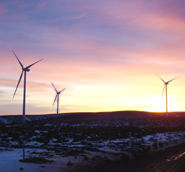







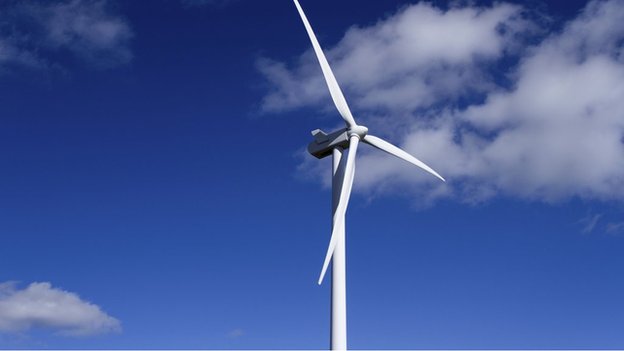
 Wind farms in Scotland saw a 20% rise in output last year
Wind farms in Scotland saw a 20% rise in output last year Solar PV panels contributed to a small rise in renewable heat figures
Solar PV panels contributed to a small rise in renewable heat figures





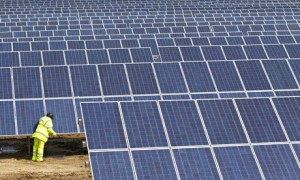

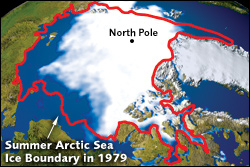

 In order to effectively address global warming, we must significantly reduce the amount of heat-trapping emissions we are putting into the atmosphere.
In order to effectively address global warming, we must significantly reduce the amount of heat-trapping emissions we are putting into the atmosphere.



